Why do solar lights stop working after a year
Solar lights have become increasingly popular for outdoor illumination, offering an eco-friendly and cost-effective lighting solution. However, many homeowners find themselves puzzled when their solar lights cease to function properly after just a year. This is particularly frustrating for those who have invested in high-quality options like solar post cap lights or the imperial solar post cap light. In this comprehensive guide, we’ll learn the reasons behind this common issue and provide valuable insights on how to extend the lifespan of your solar lighting.
The Science Behind Solar Lights: Understanding Their Functionality
Before understanding why solar lights may stop working, it’s important to grasp how they function. Solar lights capture energy from the sun through photovoltaic cells, which convert sunlight into electrical power. This energy is stored in rechargeable batteries, typically NiCd (Nickel Cadmium) or NiMH (Nickel-Metal Hydride). At night, a photoresistor detects darkness and triggers the light to turn on, using the stored energy to illuminate your outdoor space.
Solar post cap lights, such as the Imperial Solar Post Cap Light, operate on the same basic principle. These lights are designed to sit atop fence posts or deck railings, offering both decorative appeal and functional lighting. Positioned high up, they often receive optimal sunlight exposure, making them an attractive and practical option for homeowners.
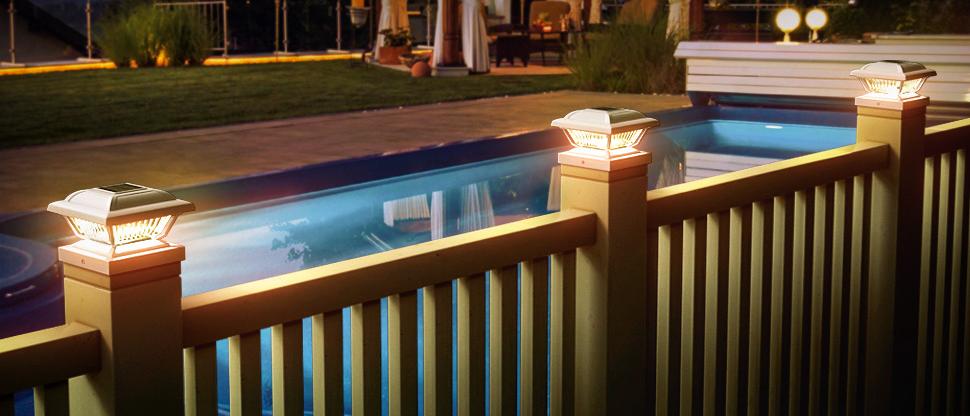
While the operation of solar lights may seem straightforward, several factors can cause them to malfunction or stop working prematurely. Issues such as insufficient sunlight, battery degradation, faulty wiring, or damage to the photovoltaic cells can all contribute to performance problems. Additionally, environmental factors like dirt, debris, or extreme weather conditions may impact their efficiency. Understanding these potential issues can help in troubleshooting and maintaining solar lights, ensuring they continue to work effectively for years.
Common Culprits: Why Your Solar Lights Might Be Failing?
Several factors can contribute to the deterioration of solar lights over time:
- Battery Degradation: The rechargeable batteries in solar lights have a finite lifespan. Over time, their ability to hold a charge decreases, which results in shorter lighting durations or, in some cases, complete failure.
- Solar Panel Efficiency: The photovoltaic cells in solar panels can degrade over time due to prolonged exposure to the elements. This reduces their ability to efficiently convert sunlight into electrical energy, leading to decreased performance.
- Dirt and Debris: Dust, pollen, leaves, and other debris can accumulate on the solar panel, blocking sunlight and preventing the panel from absorbing energy effectively. Regular cleaning is essential to maintain optimal performance.
- Water Damage: While most solar lights are designed to be weather-resistant, extended exposure to moisture, especially in low-quality models, can cause internal components to corrode or malfunction. This may lead to a total failure of the light.
- LED Burnout: Although LEDs have a long lifespan, they can eventually burn out, particularly if exposed to power surges or extreme temperature fluctuations. This can result in dim or non-functioning lights.
- Faulty Circuitry: The internal wiring and electronic components of solar lights can malfunction due to manufacturing defects or damage caused by environmental stress, such as heat, cold, or physical impact. Faulty circuitry can lead to complete failure of the light.
Extending the Life of Your Solar Lights: Practical Tips and Tricks
While it’s true that solar lights may face challenges over time, there are several steps you can take to maximize their lifespan and performance:
- Regular Cleaning: Keep the solar panels clean by gently wiping them with a damp cloth every few weeks. This ensures optimal sunlight absorption.
- Proper Placement: Position your solar lights, especially solar post cap lights, in areas that receive ample direct sunlight. Avoid shaded areas or spots near artificial light sources that might trick the photoresistor.
- Battery Maintenance: For lights with replaceable batteries, consider swapping them out annually, even if they haven’t completely failed. This proactive approach can prevent unexpected outages.
- Seasonal Adjustments: During winter months or periods of reduced sunlight, you may need to adjust the position of your solar lights or consider bringing portable units indoors for storage.
- Quality Matters: Invest in high-quality solar lights from reputable manufacturers. While they may cost more initially, they often offer better performance and longevity.
- Check for Updates: If you have smart solar lighting systems, ensure that you’re running the latest firmware or software updates, as these can improve efficiency and resolve potential issues.
By implementing these strategies, you can significantly extend the life of your solar lights, including specialized fixtures like the imperial solar post cap light. It’s worth noting that advancements in solar technology continue to improve the longevity and efficiency of solar lighting products. Many manufacturers are now using more durable materials, more efficient photovoltaic cells, and longer-lasting LED bulbs. Some are even incorporating smart technology that allows for remote monitoring and control of your solar lighting system.
When selecting solar lights, particularly solar post cap lights, look for features such as:
- High-capacity, replaceable batteries
- Durable, weather-resistant construction
- Adjustable solar panels for optimal positioning
- Efficient LED bulbs with a long rated lifespan
- Smart features like motion sensors or remote control capabilities
Conclusion
In conclusion, while it’s true that solar lights may face challenges after a year of use, understanding the reasons behind these issues and taking proactive steps can significantly extend their lifespan. By choosing quality products, performing regular maintenance, and making informed decisions about placement and usage, you can enjoy the benefits of solar lighting for years to come.
If you’re in the market for reliable, long-lasting solar lighting solutions, including top-quality solar post cap lights and the innovative imperial solar post cap light, consider the offerings from BITPOTT Lighting. With a commitment to quality control, efficient communication, and continuous innovation, BITPOTT stands out as a leader in the solar lighting industry. For more information or to discuss your solar lighting needs, don’t hesitate to reach out to their expert team at info@forigat.com.
References
- U.S. Department of Energy. (2021). Solar Lighting Basics. Energy.gov. https://www.energy.gov/energysaver/solar-lighting-basics
- National Renewable Energy Laboratory. (2022). Solar Photovoltaic Technology Basics. NREL.gov. https://www.nrel.gov/research/re-photovoltaics.html
- Lighting Research Center, Rensselaer Polytechnic Institute. (2020). Outdoor Lighting: Visual Efficacy. LRC.RPI.edu. https://www.lrc.rpi.edu/programs/nlpip/lightingAnswers/lightPollution/efficacy.asp
- American Lighting Association. (2023). Solar Outdoor Lighting. ALALighting.com. https://www.alalighting.com/solar-outdoor-lighting

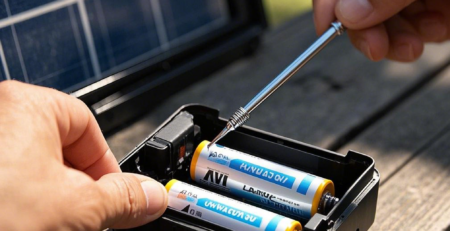
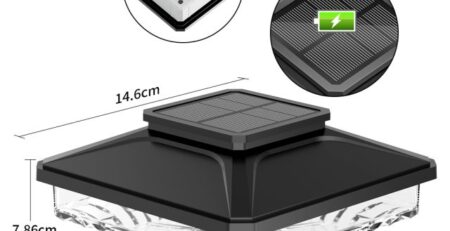

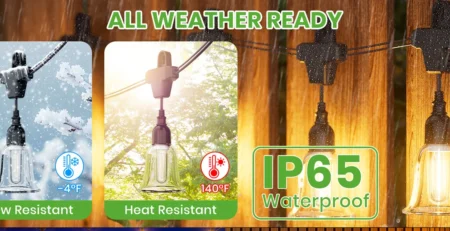
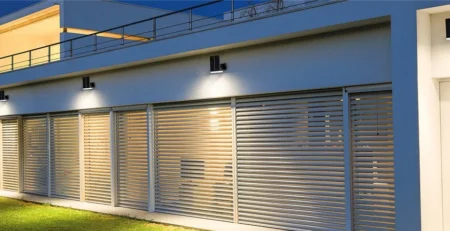
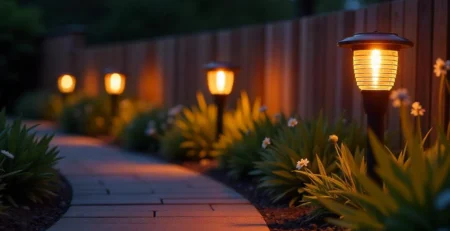
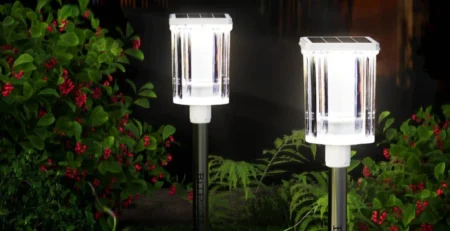
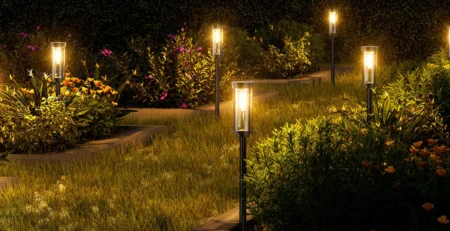
-1-3-450x231.webp)
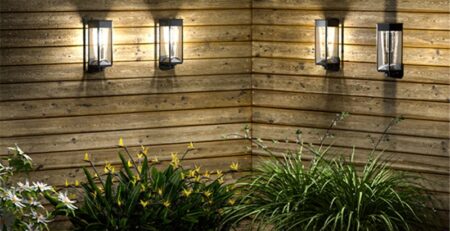
Leave a Reply